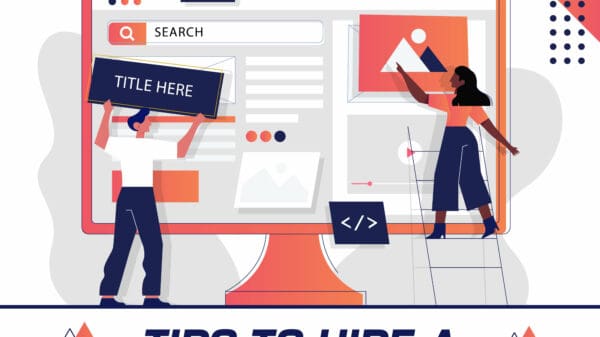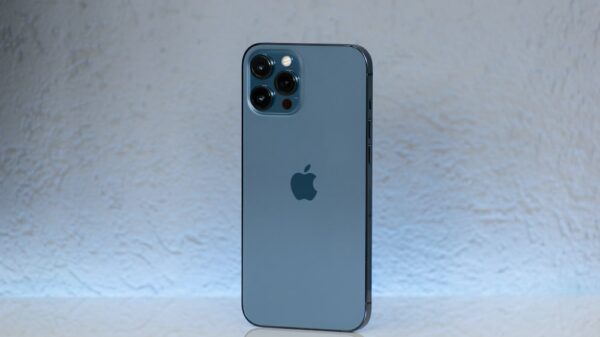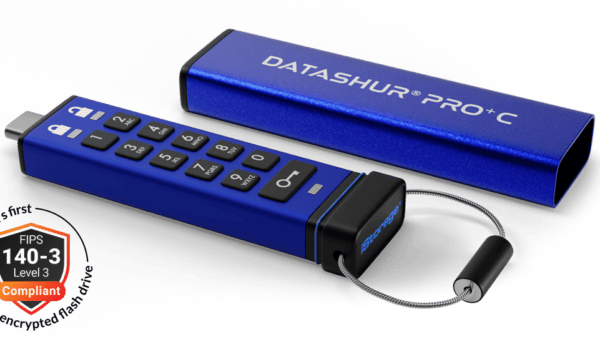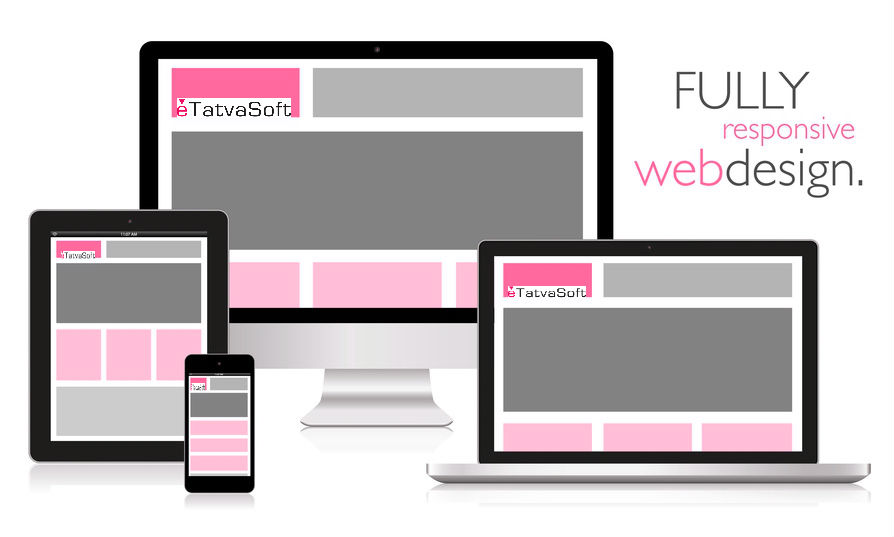People who are involved in building websites must have come across the term “Responsive Web Design”. For others, responsive web design is a simple term referred for using various techniques and technologies in order to serve appropriate visual presentations of a website to a wide range of devices. Starting from functionality and appearance to navigation and coding integrity, a lot goes into creating an eye-catching, user-friendly website. Henceforth, web developer and designers are supposed to work together in order to deliver solutions like never before.
The following post incorporates a few pointers that will guide you in improving your site’s responsive design. Keep reading further.
Choosing a domain and host
Great domain names such as Google or Yahoo speaks a lot. Other than being memorable, a domain name requires reflecting your brand’s voice accurately without any misspell. Now finding the right name for your brand is quite crucial as one needs to consider several factors like SEO, simple spelling and brand identity. By doing this, you have got a higher chance of being located in search engine results.
There are numerous hosting packages available around but before choosing one do consider the nature of your website as well as business. For example, will the website be media-rich (featuring loads and loads of pictures, videos, and presentations), do you have any in-house technical support or do you need reliable, responsive support from hosting provider? Besides, don’t forget considering what kind of backup, security, and additional features offered by your hosting provider.
Back-end Services (CMS “Content Management System” / Software)
Developing a successful website without a functional program is next to impossible. Back-end services are something that needs to be taken care of. For instance, your website is your car and when you show your new shiny sports car to your friend what will they observe? They will look at the sleek paint job, glistening tires, and luxurious leather seating. Similarly, in the World Wide Web, people look for great user experience. And this can be simply achieved by choosing the right back-end service/ content management system. Without this, a website won’t be able to ‘WoW’ its end users.
Clean design
One of the most important things to remember during the process of responsive web design is to create a clean and appealing design. A quality design is eye-catching and easy to read with intuitive navigation. It may quite interest you to know that a clear design helps its viewers to focus on the value of your brand and content instead of distracting graphics and large amounts of text. And many times, customers associate web site design with quality of a particular company or product.
Effective color scheme
Color schemes are one of the basic yet crucial factors as they have the ability to evoke emotional responses such as calm, happiness or frustration. So, most of the designers consider company’s niche, target audience, branding and elements of color theory. In addition to this, they even consider where your target audience will respond to or is the color scheme similar to your logo/ branding is pleasing to look at? Irrespective of your choice, spending more time to research the best color options will give your visitors a good impression.
Branding
Whether you run a small or large, branding is important to all businesses. The design and placement of your brand’s logo influence a viewer’s opinion to a great extent. Logos that are professionally designed often catch the customer’s eye and provide a clear picture of you as well as your brand. For effective branding, most of the Responsive Web Designing Companies choose a location that is readily visible to visitors such as the upper left corner (as this is where the eye naturally begins to scan a website). In order to further solidify the brand’s identity, consider using the same logo on packaging, print advertising, and branded apparel.
Functionality
When it comes to functionality, there are few matters to keep in mind.
- First, is the website functioning in the literal sense?
- Second, are there any loading issues or broken links?
- Third, how adequate are the site’s security features?
Other than these, it is very important to view features on your website from the user’s perspective. Make sure that all contact forms, feedback sections are working properly.
Navigation
End users often leave and never return if they find a website confusing and difficult to navigate. Thus, in order to increase the efficiency and appeal of your site’s navigation, software programmers conduct an in-depth site review. One of the easiest ways to improve a visitor’s ability develops a website that is easy to navigate. Apart from streamlining navigation, consider eliminating the under-performing pages that may decrease load time.
Call to action
Placing call to action on your website encourages customers to contact your business. Offering a friendly suggestion such as “contact us today” says that your business wants to develop a relationship with its customers. Many UX designers believe that call to action is very important for creating an appropriate level of engagement with their company. Moreover, it is always advisable to include a call to action at least once on each page.
Conclusion
Creating a Responsive Web design allows you to stay ahead of the trend. And as the demand for media-rich mobile internet and apps begin to grow at a rapid scale, responsive design turns out to be a unified approach.
So this is all for now! Keep watching the space to see how responsive design grows and improves in the coming years.
Rakesh Patel is a senior business analyst working at eTatvaSoft. He is profoundly skilled and experienced in providing best possible IT solutions to his valuable clients. He is also a team manager with effective team management, strong analytical and communication skill. rn
























































































































































































